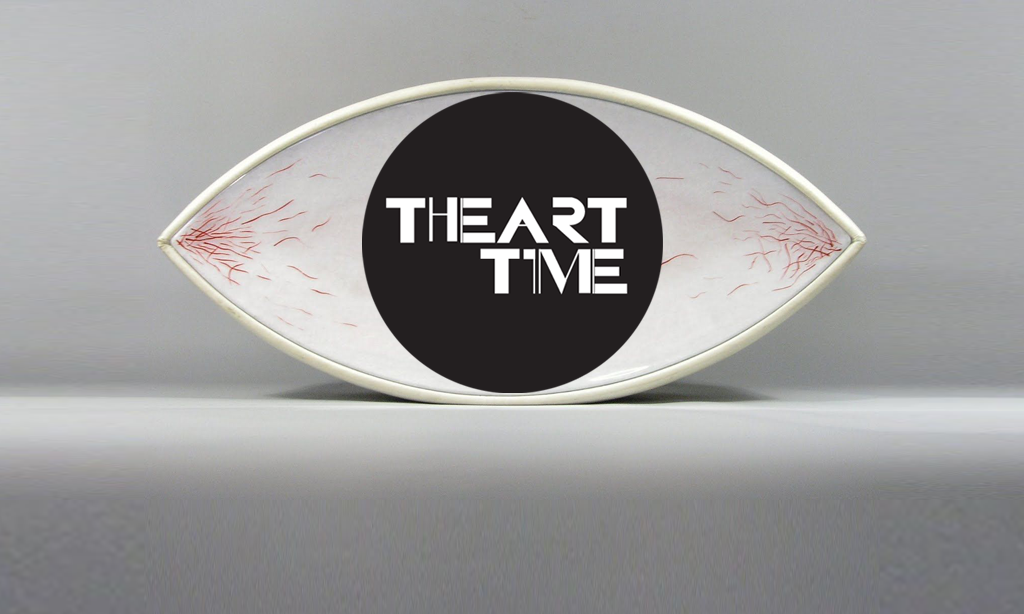We often ask ourselves: is this art? There is no art without Aura.ART CONSULTANT ITALY
The aura is the charisma of the artist, depositary of an idea, beyond the role of technè, a Greek definition of art, still valid but not sufficient.
Technique, but – above all – Art is an idea.
In ‘Theory of Art’, Josè Jimenez explains well how the Idea, the Noesis, the mental process is the basis of most of the twentieth century art, is the real revolution, even more than the abolition of perspective and the creation of Abstract art.
Writes Andy Warhol (guru of Pop and emblem of the risk, according to Arthur Danto, of the end of the Art, with his ‘Brillo Box’, a supermarket box, exhibited in a Museum), in The philosophy of Andy Warhol:
“Some companies were interested in buying my Aura. They did not want my products, they kept telling me: We want your Aura” …ART CONSULTANT ITALY
“I could never understand what they wanted, but they would have been willing to pay a bunch of dollars for it. I thought then that if someone was willing to pay so much, I would have to try to imagine WHAT IT WAS “.
No, Art did not die with the “Brillo box” on display and the Aura not even, Danto retracted years later in another book, stating that it transforms itself, like a mutant, but does not die. Warhol himself speaks of this mystery of the artist’s Aura. Desecrating, ironic and iconic.
Iconic, a key adjective. The Aura, this ineffable essence of an artist, à la Man Ray or à la Piero Manzoni (that was the artist’s breath, but always …a charismatic breath), is certainly Iconic. An artist fixes the charismatic image of artistic creativity in an idea: The Fountain of Marcel Duchamp, the mustache of his Gioconda, the Iron with nails (a menacingly erotic object but also daily useless and dangerous) of Man Ray, to make only few famous examples.
Also the nail planted in the middle of the canvas of George Braque “Vase and Violin” in 1909-10 was an Idea. It was, first, a real object, part of a two-dimensional canvas . Second, indeed, it was an IDEA, with its indisputable iconic Aura.
The examples could be endless, up to the current Damien Hirst with its iconic provocations from the beginning of his work, Jeff Koons with his Puppies and so on…
Alessandro dal Lago writes, in his illuminating text “Mercanti d’Aura”, that the aura is alive and sells well.CONSULTANT ITALY
Museums buy it, collectors want it, the public remains sometimes dismayed, sometimes attracted. It sells.
For us , “wishing machines”, it is the object of desire, a material possession that hides and reveals an immaterial possession thousand times more powerful, because iconic, almost divine in its idea of beauty.
Walter Benjamin opened the gap on the theme of the Aura’s ability to survive the era of artistic technical reproduction in his famous text so far.
The aura of uniqueness that enveloped the classical or traditional work was no longer matched in contemporary art. Today, the Aura defines the aptitude of a work of art to produce a given effect on the public in terms similar to what precisely in philosophy or sociology (see Max Weber) is defined CHARISMA.
Movements such as Dada, Futurism, Cubism were affecting every claim of hieraticity of art, with objects stuck on canvases, poems like SALAD OF WORDS, de-sacralization of the image and so on.
Three major themes can be affirmed according to Del Lago on the loss of the dreaded aura in the twentieth century:ART CONSULTANT ITALY
1-art is de-sacralized, also because of an ever larger public starting from the nineteenth century;
2-this sort of de-sacralization is enhanced by the mechanical reproduction of images;
3-the Avant – gardes, finally, determine almost the funeral of the aura, with their research of materials and languages that come from everyday life. It is the exact opposite of what Art had done up to that moment, sacralizing, creating timeless and non – temporal altars. It now tolerates the “transeunte”(passer-by).
The Aura does not die, just as Art does not die; it does not disappear but itchanges, transforms, evolves.
The Aura of a work is the effect it produces, an effect that changes with the type of work and the type of audience.
Aura and Simulacrum are two terms that can be approached in contemporary art.
The Simulacrum derives from the Latin simulare, meaning statue. In reality, the Simulacrum goes far beyond this.
It is an entity that, although not exclusively for use, goes beyond an idea.
Art, with its charismatic aura, whether classical or contemporary, has always created simulacra. Monna Lisa, for example, the famous Gioconda, is neither the true lady of Florence nor her idea, even if it is both . But it goes beyond: beyond reality and beyond the idea, united to us through that charismatic thing called Aura.
We must add a typical fact of art today: its tendency, like everything in economics, to become BRAND. A ‘branded’ simulacrum, sponsored, promoted wisely, but no less powerful. Today it is the brand itself that wants to be Art, acutely analyzes Dal Lago.
Foucault, to close this quick excursus on the charisma of the idea in contemporary art, has well understood what this Simulacrum is.
It was Pop Art the emblematic Art of our time, as Arthur Danto wrote.
After the Idea in the techniques of the historical avant-gardes, Pop Art is the most powerful thing that represented the art of this time, an art capable of rendering the role of images in our cultural imaginary at best.
The world seen as a giant collection of Simulacra, all the same because they are objects of a universal exchange and all different because life is constantly changing, a sort of supermarket and superfetation of art.
We are, today more than ever (even more than in the time of Warhol, in our time enhanced with Instagram, Pinterest and various social platforms) condemned to images, to live of them, while remaining, for now, it seems, the possibility to choose between them .
The Aura survives because Art becomes so over time, ever more mutating, but as an Art, it remains.
As the charisma is immaterial, what remains is the idea, the values it transmits to us, not the object itself.
Art creates civilization, always.
ART CONSULTANT ITALY
https://www.thearttime.com/it/art-contemporary-reviews-and-interviews/


